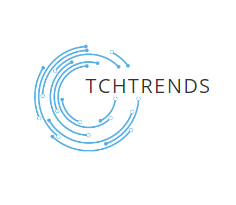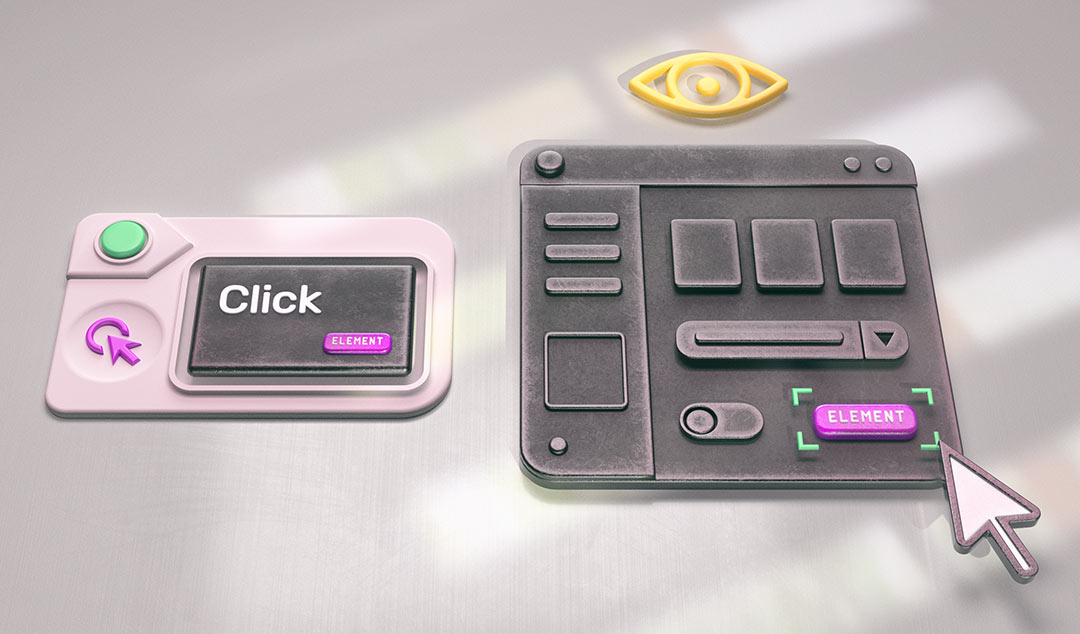In today’s competitive job market, finding the right talent can be akin to searching for a needle in a haystack. With countless resumes flooding in for every open position, employers face the daunting task of sifting through them to identify the most qualified candidates. This is where test to assess skills comes into play.
Skill assessment, often referred to as tests for hiring or pre-recorded interview, offers a more nuanced approach to evaluating candidates’ capabilities beyond what a resume can convey. It’s about delving deeper into candidates’ skills, knowledge, and suitability for the role, helping employers make informed hiring decisions.
But what exactly does skill assessment entail, and why is it so crucial in the hiring process? In this blog, we’ll delve into the best practices for designing skill tests, explore the role of hiring tests in recruitment, and discuss how video interviews can enhance the assessment process. So, let’s dive in and uncover the secrets to effective skill assessment in the modern workplace.
Understanding Skill Assessment
Skill assessment goes beyond the traditional evaluation of resumes and cover letters. It’s about digging deeper to understand a candidate’s true capabilities and potential fit within an organization. While resumes may highlight past experiences and qualifications, skill assessments focus on practical demonstrations of skills and competencies relevant to the job at hand.
Imagine you’re hiring for a marketing position. Sure, a candidate’s resume might list impressive marketing campaigns they’ve worked on, but how do you know if they can actually execute a successful campaign from start to finish? This is where skill assessment comes in. By designing tests or exercises that simulate real-world scenarios, you can gauge a candidate’s ability to develop strategies, analyze data, and communicate effectively—all crucial skills for success in the role.
Moreover, skill assessment helps in uncovering hidden talents and potential that might not be evident from a resume alone. Perhaps a candidate lacks formal experience but possesses a natural knack for problem-solving or a keen eye for design. Through skill assessment, you can identify these qualities and assess their relevance to the role, giving every candidate a fair chance to showcase their abilities.
Best Practices for Designing Skill Tests
When it comes to designing skill tests, it’s essential to have a clear roadmap to ensure that the assessment effectively measures candidates’ abilities and aligns with the requirements of the role. Here are some best practices to consider:
Firstly, establish clear objectives for the skill test. What specific skills or competencies do you want to assess? Whether it’s technical expertise, problem-solving skills, or communication abilities, defining your objectives will guide the design process and ensure that the assessment serves its purpose.
Next, identify the key competencies required for the role. Take a deep dive into the job description and pinpoint the essential skills and traits that candidates need to succeed. This will help you tailor the skill test to assess those specific competencies, ensuring that you’re evaluating candidates based on what truly matters for the position.
Choosing the right assessment methods is crucial. Multiple-choice quizzes, practical exercises, case studies—there are various options to consider. Think about the nature of the role and the skills you’re assessing to determine which method or combination of methods will provide the most accurate and insightful results.
Moreover, incorporating real-world scenarios into the skill test can provide valuable insights into candidates’ capabilities. By designing scenarios that mirror the challenges they’ll face on the job, you can assess their ability to apply their skills in practical situations, giving you a better understanding of their potential performance.
Incorporating Real-World Scenarios
One of the most effective ways to design skill tests is by incorporating real-world scenarios that candidates are likely to encounter on the job. This approach goes beyond assessing theoretical knowledge and allows you to evaluate candidates’ ability to apply their skills in practical situations.
Consider a scenario where you’re hiring for a customer service role. Instead of simply asking candidates hypothetical questions about how they would handle a difficult customer, you could design a simulated customer interaction exercise. This could involve responding to a series of customer inquiries or resolving a customer complaint in real-time.
By presenting candidates with authentic scenarios, you gain valuable insights into their problem-solving abilities, communication skills, and capacity to handle pressure—all of which are crucial for success in the role. Moreover, real-world scenarios provide candidates with a glimpse into the actual challenges they may face if hired, giving them a more accurate understanding of the role and its expectations.
Ensuring Fairness and Validity
Maintaining fairness and validity is paramount when designing skill tests to ensure that the assessment accurately evaluates candidates’ abilities and provides meaningful insights for the hiring process.
Fairness begins with creating a level playing field for all candidates. This means avoiding any biases or discrimination in the assessment process. Ensure that the test questions and exercises are relevant to the job requirements and do not disadvantage candidates based on factors such as gender, race, or background.
Validity refers to the extent to which the skill test measures what it intends to measure. To ensure validity, align the content of the assessment with the key competencies and job-related skills outlined in the job description. Use established measurement techniques and assessment criteria to evaluate candidates consistently and objectively.
Implementing blind grading techniques, where the evaluator is unaware of the candidates’ identities, can further enhance fairness and reduce the potential for bias. Additionally, consider conducting a pilot test of the assessment with a diverse group of individuals to identify any potential issues or areas for improvement before administering it to candidates.
Seeking Feedback
Seeking feedback is a crucial step in the process of designing skill tests, as it provides valuable insights into the effectiveness and fairness of the assessment. By gathering feedback from candidates and hiring managers, you can identify any areas of improvement and make necessary adjustments to enhance the assessment process.
Encourage candidates to share their thoughts and experiences with the skill test. This can be done through post-assessment surveys or interviews, where candidates can provide feedback on the clarity of instructions, the relevance of the test content, and the overall fairness of the assessment. Pay attention to any recurring themes or concerns raised by candidates, as these may indicate areas that require further attention or refinement.
Similarly, seek feedback from hiring managers who are involved in the assessment process. Ask them to evaluate the alignment of the skill test with the job requirements, as well as its effectiveness in identifying top candidates. Inquire about any challenges or issues encountered during the assessment process and collaborate with hiring managers to address them effectively.
Conclusion
In conclusion, designing skill tests is a critical aspect of the hiring process that requires careful planning and consideration. By following best practices such as establishing clear objectives, identifying key competencies, and incorporating real-world scenarios, organizations can create assessments that accurately evaluate candidates’ abilities and suitability for the role.
Moreover, integrating hiring tests and video interviews into the recruitment process can streamline candidate selection and provide valuable insights into candidates’ skills and qualities. By leveraging these tools effectively, organizations can identify top talent more efficiently and make informed hiring decisions that align with their goals and values.
It’s also essential to prioritize fairness and validity throughout the assessment process, ensuring that all candidates have an equal opportunity to showcase their abilities. Seeking feedback from candidates and hiring managers allows organizations to continuously improve and refine their skill tests, enhancing the overall effectiveness of the assessment process.

